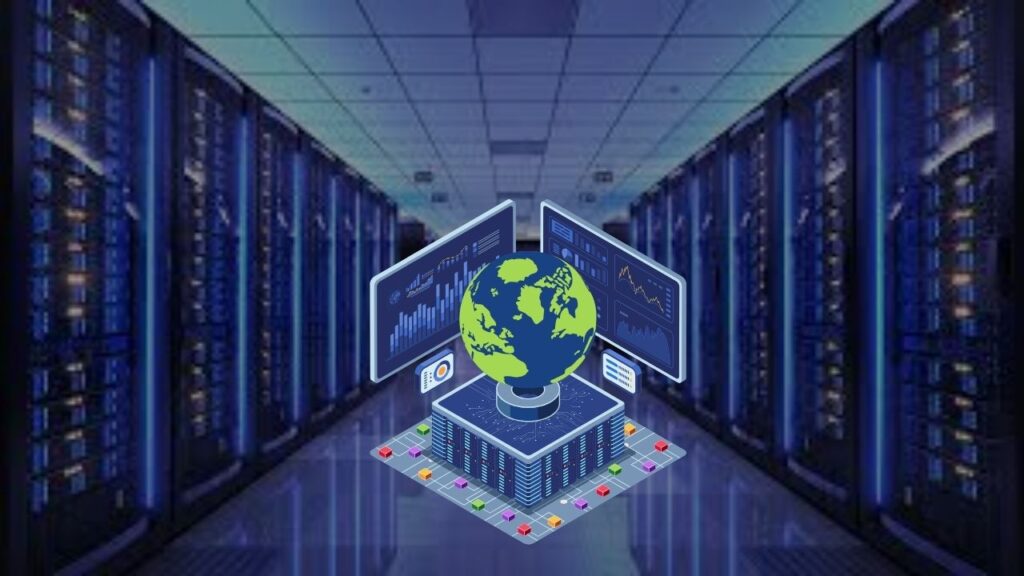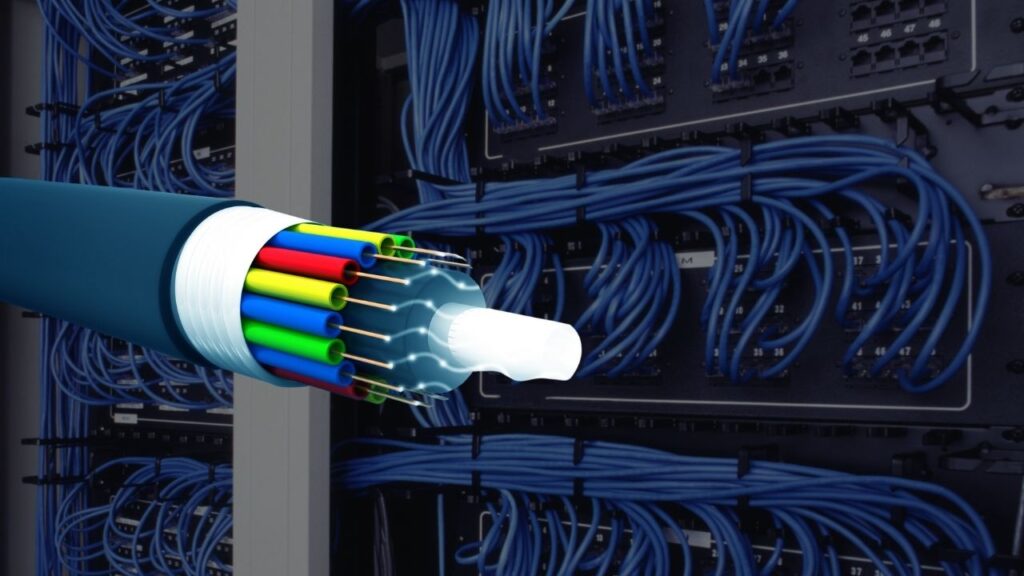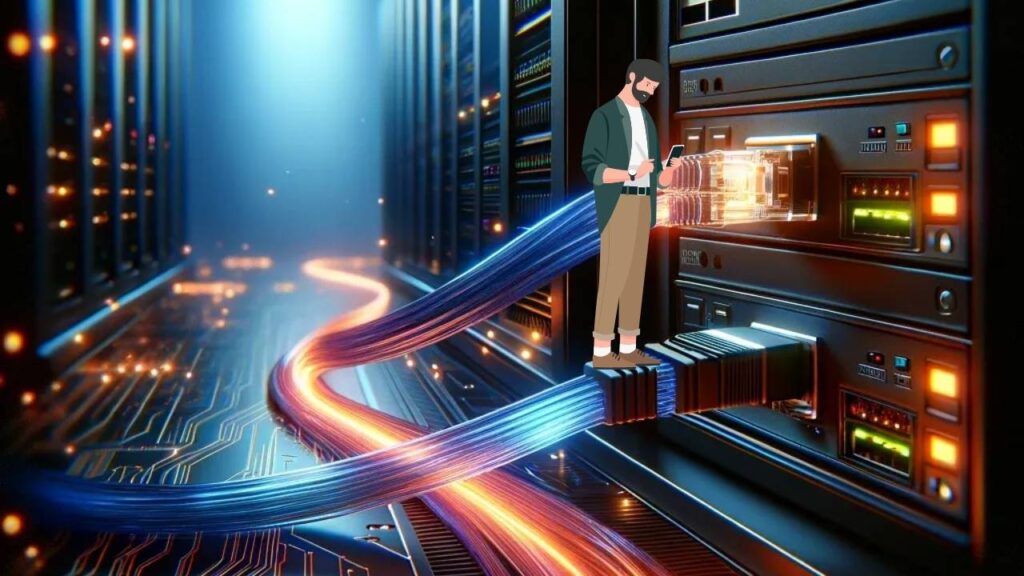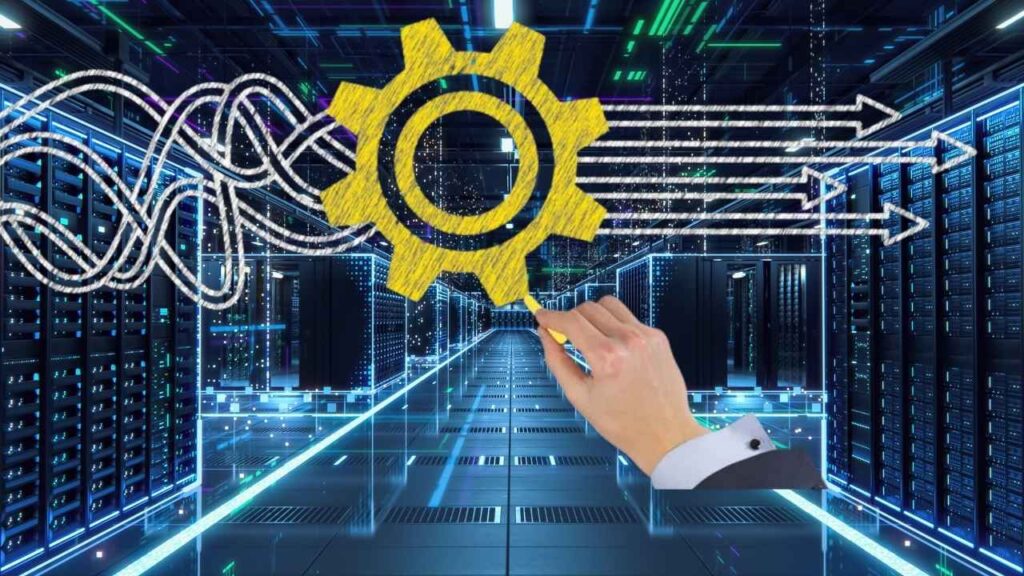The Next Generation of Data Centers: In today’s fast-paced digital world, the next generation of data centers must handle immense volumes of data faster, more efficiently, and with greater sustainability. One of the most exciting breakthroughs making this possible is optical computing — a technology that uses light instead of electricity to process and transmit data. This innovation is set to transform how data centers operate, providing revolutionary advantages in speed, energy consumption, and scalability.

But why exactly does optical computing matter for future data centers? And how will it impact industries from artificial intelligence (AI) to cloud computing? This article will walk you through the essentials of optical computing, explore its benefits, challenges, and real-world applications, and help you understand why it’s a critical technology for the data centers of tomorrow.
Table of Contents
The Next Generation of Data Centers
| Aspect | Details |
|---|---|
| Data Transmission Speed | Optical signals travel at the speed of light, enabling data transfer rates up to 100x faster than electrical methods. |
| Energy Efficiency | Optical computing reduces power consumption and cooling needs by up to 40%, lowering operational costs and carbon footprints. |
| Signal Integrity | Minimal signal loss over long distances with optical fibers supports large-scale, distributed data centers. |
| Scalability | Photonic integrated circuits (PICs) allow compact and scalable optical systems suitable for dense data centers. |
| AI Optimization | Optical computing excels at parallel processing, speeding up AI training and inference tasks. |
| Challenges | Integration with existing electronic systems, high manufacturing costs, and technological maturity remain hurdles. |
| Reference | For more, visit the Photon industry consortium website. |
The next generation of data centers is on the horizon, and optical computing is a cornerstone of this transformation. By leveraging the power of light, optical computing delivers unprecedented speed, energy efficiency, and scalability — all crucial for handling today’s data-driven demands, especially in AI and cloud computing.
While challenges like integration and costs remain, ongoing advancements and early real-world applications signal a bright future. Organizations that understand and adopt optical computing early will gain a significant competitive edge.
For anyone invested in data center technology, keeping an eye on optical computing developments is not just smart — it’s essential.
What Is Optical Computing?
To understand why optical computing matters, let’s first break down what it is. Traditional computers use electrons traveling through circuits to process and transmit information. In contrast, optical computing uses photons — particles of light — to perform these tasks.

Why does this matter? Because photons can travel faster, carry more data simultaneously, and generate less heat than electrons. This means optical computing can vastly increase the speed and efficiency of data processing, especially in large-scale environments like data centers.
How Does Optical Computing Work?
At its core, optical computing uses optical fibers and photonic integrated circuits (PICs) to transmit and manipulate data. These components use light beams that encode information as pulses. Devices called optical modulators and detectors then process these light signals much faster than electronic circuits.
This technology is already being integrated into some parts of data center infrastructure, such as optical interconnects that link servers. The next step is fully harnessing optical computing for processing tasks, not just transmission.
Why Optical Computing Is a Game-Changer for Data Centers
1. Lightning-Fast Data Transmission

Data centers power everything from streaming movies to AI research. The demand for speed and bandwidth is constantly increasing. Optical signals travel at the speed of light, meaning they can move data much faster than electrical signals. This results in transfer speeds up to 100 times faster, enabling real-time processing of massive datasets.
For example, AI training models that once took days can now be completed in hours, accelerating innovation and reducing costs.
2. Energy Savings and Reduced Cooling Costs
Traditional electronic data centers consume enormous amounts of energy and require complex cooling systems to manage heat generated by processors and wiring. Optical components consume far less power and generate less heat, cutting energy use significantly.
Studies show that integrating optical SSDs and photonic networks can reduce data center energy consumption by over 40%.
Lower energy use not only saves money but also reduces the environmental impact of data centers, which currently account for about 1% of global electricity consumption.
3. Superior Signal Quality Over Long Distances
One key advantage of optical fibers is minimal signal loss, even over kilometers of cable. This means data centers can be physically larger or spread out across regions without degrading data quality.
This is vital for cloud providers and companies operating multiple data centers globally, ensuring seamless, high-speed connectivity.
4. Compactness and Scalability

With photonic integrated circuits (PICs), many optical components can be integrated on a single chip. This reduces the physical space needed for data center hardware, making it easier to scale capacity without building larger facilities.
As data demands grow, PIC technology allows data centers to expand their computational power efficiently and cost-effectively.
5. Optimized for AI and Machine Learning
AI applications often require simultaneous processing of massive amounts of data. Optical computing excels at parallel processing, enabling AI models to train faster and run inference more efficiently.
Companies are already exploring optical networking gear that connects millions of GPUs using silicon photonics, promising vast improvements in AI data centers.
Challenges to Overcome
Despite its clear advantages, optical computing is not without obstacles:
Integration Complexity

Combining optical components with existing electronic infrastructure requires advanced interfaces and new architectures. It’s not a simple plug-and-play upgrade. Data centers need to redesign some systems to fully leverage optical computing.
High Manufacturing Costs
Producing photonic chips and components is currently more expensive than traditional electronics. Costs are expected to decrease as manufacturing processes mature and scale up.
Technological Maturity
Optical computing technologies are still in the early stages. Researchers and companies continue to work on improving reliability, standardization, and compatibility with current systems.
Practical Steps for Data Centers Considering Optical Computing
- Assess Current Infrastructure
Evaluate existing hardware to identify parts that can benefit from optical upgrades, such as interconnects or storage devices. - Pilot Optical Components
Start with integrating optical networking equipment or SSDs to gain experience and measure benefits. - Partner with Photonics Experts
Collaborate with photonics companies and research organizations to stay updated on latest developments and receive technical guidance. - Plan for Hybrid Systems
Optical computing will likely coexist with electronic systems for some time. Design hybrid architectures that combine the strengths of both. - Invest in Training and Skill Development
Ensure your team understands optical technologies, installation, and maintenance.
Nanotechnology Unveiled: Tiny Innovations That Could Solve Huge Problems
Quantum Leap: Understanding the Impact of Quantum Computing on Cybersecurity
Inside the Lab: Breakthroughs in Organic Solar Cells Could Change Energy Forever
FAQs About The Next Generation of Data Centers
What is the difference between optical computing and traditional computing?
Traditional computing uses electrons to process and transmit data, while optical computing uses photons (light particles). Photons travel faster, carry more data, and produce less heat, making optical computing more efficient.
Are optical data centers currently available?
While fully optical data centers are not yet mainstream, many data centers use optical fibers for data transmission. Companies are developing optical networking gear to increase adoption.
How much energy can optical computing save?
Studies suggest optical technologies can reduce data center energy consumption by over 40%, primarily by lowering power use and cooling requirements.
Will optical computing replace electronic computing?
Not immediately. Optical and electronic systems will likely coexist, with optical computing gradually expanding into more areas as the technology matures.
How can my organization start using optical computing?
Begin by assessing your infrastructure, piloting optical components, and partnering with experts. Training your staff on photonics is also important.



















